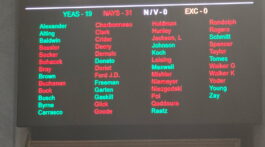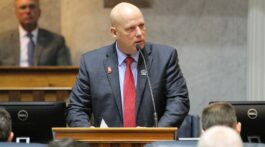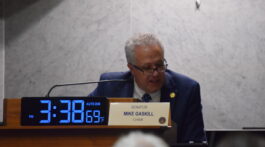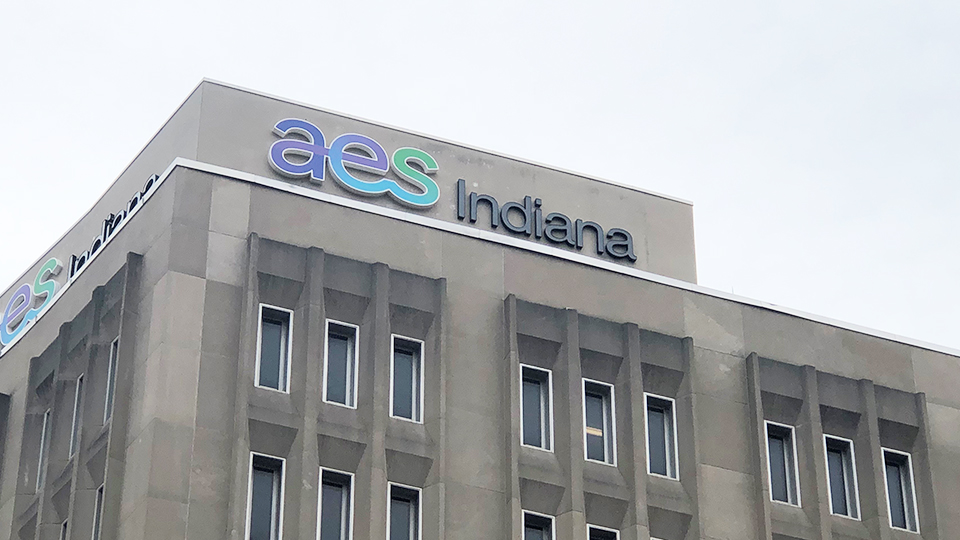by Abdul-Hakim Shabazz, Esq.
At last night’s City-County Council budget meeting, talk of potholes, pay raises, and police staffing took an interesting detour — straight into the power grid. A few councilors and activists floated the idea of the city issuing billions in revenue bonds to buy out AES Indiana and “take control of our power to lower rates.”
It’s the political equivalent of yelling “I’m Batman!”—it feels great in the moment, but with all due respect, the physics don’t add up.
How It’s Supposed to Work
In theory, the city would create or expand a municipal utility, sell billions in revenue bonds, and use the proceeds to buy AES’s local operation. Because the bonds are “revenue-backed,” they’re repaid not by taxpayers but by—you guessed it—ratepayers. Meaning your light bill becomes the mortgage payment on City Hall’s new toy.
Once the takeover was done, the city would manage the power grid, hire hundreds of new employees, and somehow make everything cheaper, greener, and smoother than a company that’s been doing it for decades. Sure.
We get it—nobody likes higher electric bills. Rates are rising, the cost of everything is up, and AES’s service hasn’t exactly inspired confidence. But this is not the way to fix it. There’s a difference between fighting a rate hike and buying the entire power company in the name of civic pride.
The Legal Loophole Labyrinth
Of course, reality doesn’t bend that easily. Indiana law doesn’t exactly throw open the door to municipal takeovers of investor-owned utilities. AES operates under a state-approved franchise, regulated by the Indiana Utility Regulatory Commission (IURC). Any transfer would need IURC approval, and possibly a new act of the General Assembly. Translation: years of hearings, lawyers, lobbyists, and billable hours.
Could the city use eminent domain? Technically yes—but it would have to prove a “public necessity” and pay fair market value. AES’s attorneys would eat that fight for breakfast. Even if the city won, it would still owe billions, plus interest, plus legal fees.
Meanwhile, the city’s credit rating would be sweating like a lineman in August. Revenue bonds don’t officially count toward the debt cap, but Wall Street still notices when a city takes out a second mortgage on its entire utility grid.
The Stock-Purchase Shortcut (That Isn’t)
I’ll admit it — when I first heard the “buy AES” talk, my inner policy nerd wondered if there was a cheaper workaround. What if, instead of trying to buy AES Indiana outright, the city just bought stock in AES Corporation, the New York–based parent company? If Indy owned enough shares, could we influence corporate policy or even vote our way into control?
Cute idea. Totally illegal.
Municipalities in Indiana aren’t allowed to gamble in equities; public funds are restricted to safe investments like Treasury notes and insured deposits. So unless the council plans to open a Robinhood account under “City of Indianapolis, LLC,” that’s a nonstarter.
Even if it were legal, AES Corp. is a $10–11 billion global company. Owning 10 percent — the point where an investor actually starts to matter — would cost over a billion dollars. The city can’t even afford to pave all its roads, let alone launch a hostile takeover on Wall Street.
The Price Tag Reality Check
AES Indiana serves roughly half a million customers. Buying it would cost somewhere between $3 and $4 billion. A 30-year bond at 5% would run nearly $200 million a year in debt service—before paying a single employee or maintaining a single substation.
To cover that, rates would have to stay roughly where they are now. So much for the “lower bills” pitch.
And let’s not forget history. When Mayor Greg Ballard “sold” the city’s water and sewer utilities to Citizens Energy back in 2010, it was billed as a way to stabilize rates and fund infrastructure. Rates still went up—just under different management. That deal worked because Citizens already had the expertise. The city doesn’t.
The Politics of Pretend
This is one of those ideas that sounds visionary in a campaign ad and catastrophic in a balance sheet. It lets politicians posture as populist heroes fighting Big Utility while ignoring the boring details like law, math, and physics.
If you think the city that can’t fill all its police vacancies or fix its curbs can suddenly run an electric grid better than a Fortune 500, I have a solar panel to sell you.
Smarter Plays
There are real ways to fight rising rates—joining the OUCC’s opposition before the IURC, tightening franchise terms, pushing for renewable energy partnerships, or funding home energy-efficiency programs. Those cost thousands, not billions.
Buying AES might make for a catchy headline, but it’s the civic equivalent of trying to pay off your mortgage with a Powerball ticket. The lights might flicker for a while—but the only thing that’ll really go down is the city’s credit rating.
Frankly, the city would have better luck buying the electric company and the water works on Monopoly. At least there, the worst-case scenario is landing on Boardwalk—not bankruptcy court.
Abdul-Hakim Shabazz is the editor and publisher of Indy Politics. AES Indiana is an advertiser with Indy Politics.











